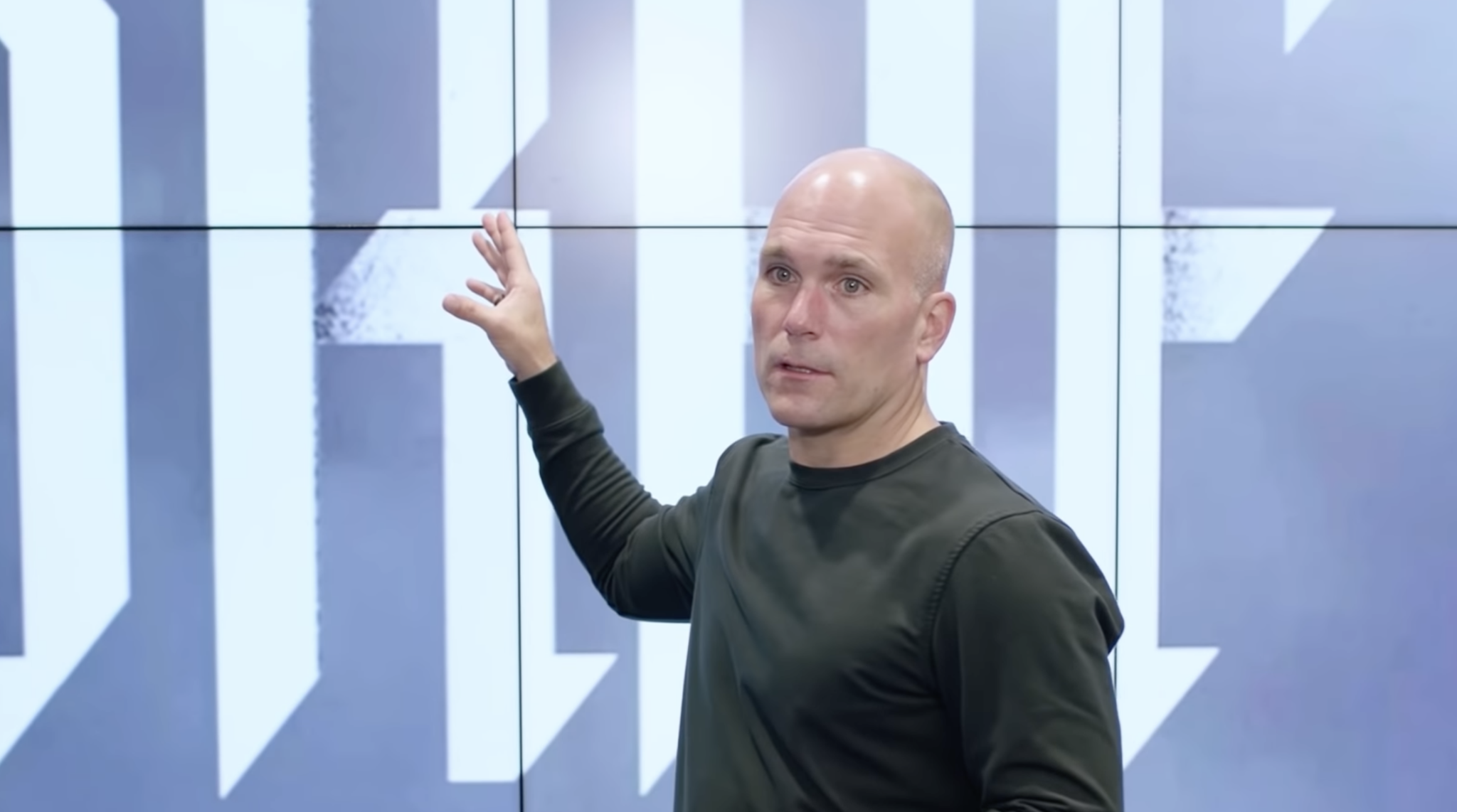to answer sports questions to show they’re smarter than the host. Or “What’s your favorite sports movie?” theme day.
Now, it’s much more issue-based, time-sensitive and storytelling based and if you don’t have your facts together and your background isn’t rooted more deeply than your audience, you’ll be instantly outed as a charlatan and flogged the way Anita Marks was here for the past four years.
All of this brings us to 2010 and the current state of Baltimore sports media and where you’re getting your local sports news these days via non-web, terrestrial means.
Print, as a medium, is in rapid decline of distribution and relevance. The Baltimore Sun has gutted its entire sports operation, leaving an overworked and demoralized mini-staff who are all in major job search mode knowing the next set of firings are coming. In my opinion, the business model for Press Box and its ilk is so flawed as to be incomprehensible – that includes Baltimore Magazine and City Paper as well as B and any other printed product you can name. Cost of distribution and delivery are high, timeliness of news is woeful, ability to prove a return on investment for advertisers is all but impossible without a coupon element.
Local television news, as a medium, is a dinosaur when your news, sports and weather are “on demand” from your mobile device whenever you want them at places like WNST.net. The four local TV news stations put zero emphasis on sports and give their anchors two minutes a night with no room for analysis or commentary. Is anyone really running to Mark Viviano or Gerry Sandusky at 6 o’clock to get sports news in 2010? WMAR has all but eliminated sports and news from its operation.
So, by default, sports radio – first on the AM and now on the FM side of the dial — has become a holding tank for the opinions and urgency of sports news in old-world media. And sports radio has now become the medium they all seem to want to pursue in an effort to capitalize on the passion and profit of sports and the best use of their FCC licenses.
There are a few different ways to do sports radio and as we’ll witness down in Fort Lauderdale all week for the Super Bowl, they’re all a “local” concern. Most of the big city sports talk stations have tables, representatives and live programming coming from Radio Row this week. Guests, celebrities, strategy, Hall of Fame and collective bargaining issues will rule the airwaves across the country all week.
Every one of them – other than WNST.net — have one thing in common: they’re all owned by corporations with stockholders and affiliate strongholds in other markets and using brands like ESPN and Fox to give them something believable to sell in their “faux” hometowns.
They all have an “expert” program director from “another market” and they’re all in one way or another connected to or a mouthpiece for Clear Channel, CBS, Hearst, Fox, ESPN, ABC or some corporate subsidiary.
The best example of this awfulness is right here in Baltimore with 105.7 “The Fan.” Infinity and CBS Radio had literally run out of ideas for what to do with an FM FCC license after trying oldies, alternative rock for kids, Guy Talk, Political Talk and various hybrids without getting ratings or making money. They even managed to destroy the vaunted WHFS brand, an empire that saw 80,000 kids come together at one place every summer. Instead, they now give us the likes of “Jack” and “Mix” and “Lite.”
The guy who runs CBS Radio’s local empire is Bob Phillips. If I’m the famous loudmouth from Dundalk who runs “the little AM radio station” then Phillips is the invisible country club “guru” who thought putting Anita Marks on the radio in Baltimore was “good programming.”
In radio parlance, sports is “a good biller” and it supports their corporate habit of doing broadcast business “flagship” deals with the local sports franchises — so after agreeing to a “muzzle/backrub” deal with Peter Angelos and the Orioles in exchange for exclusive content for a team that had then mustered 10 consecutive years of losing and bad civic goodwill, CBS Radio again flipped the format at 105.7 FM about 14 months ago and their “programming expert” Phillips and a guy from Pittsburgh named Dave Labrozzi made a concerted effort to hire every old, white guy who had ever been on the 11 o’clock news as “fresh” sports talk show hosts and experts. And why not? They all had a built-in brand of name recognition.
The local television sports talking head business has all but dried up financially and the remaining remnants of the local TV cast of the 1990’s — Mark Viviano (WJZ), Scott Garceau (WMAR) and Bruce Cunningham (WBFF) — have all “joined forces” like the Super Friends. The rumor is that Steve Davis (former WBAL and WBFF) will be joining them more often as well now that Anita Marks has departed.
Their biggest resource for marketing is the corporate synergy that CBS (both WJZ on the radio and TV side) has formed with MASN and Peter Angelos and the Orioles, making for the biggest nationally corporate branded eunuch in the history of Baltimore media. And make no mistake about it, if you want to talk about media in Baltimore and free speech and facts, look no further than the Law Offices of Peter G. Angelos and the “trickledown effect” of intimidation politics and money in the media.
We’ll address this “who is sleeping with whom in media” at length on Thursday – it’s its own Iliad or Opus of its own and The Sun is on it as well – but rest assured censorship and sports franchises and rights






























